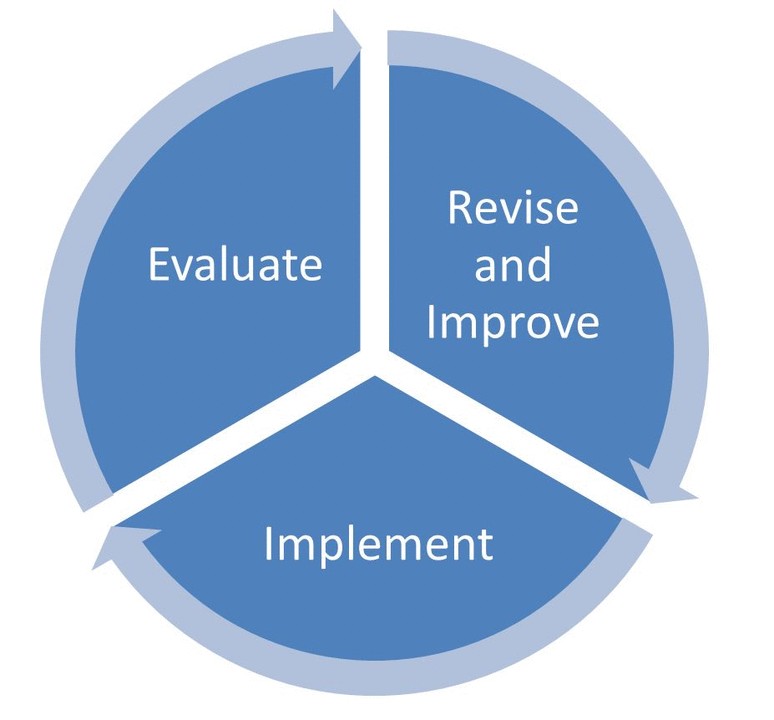
New Performance Standards with new Focus Area Two Monitoring Protocols. New criteria for the DRS. New requirements for the PIR. New expectations of your staff during the federal review – all based on data and the actions surrounding data at your Head Start/Early Head Start program.
Do you understand a word of what I just wrote? If yes (!) – then you may not know it, but you’re the decision maker who is likely seeking a partner for your Head Start/Early Head Start organization, a partner that will help you implement continuous quality improvement.
Continuous quality improvement consists of three components:
1. Evaluate: looking at what’s really going on with your data and the processes of collecting, storing, and reporting your data. The benefit of an outside partner is objectivity: looking at these processes with an external lens, and with the benefit of working with many other Head Start programs.
2. Revise and Improve: making incremental, small, effective changes to existing processes that fix a problem, improve on a workflow, make things more efficient, and/or measure something more accurately. The benefit of an outside partner is experience: understanding what’s really going on within the context of Head Start, and designing a solution that works within the context of your own unique program.
3. Implement: rolling out the changes so that they work, and so that they become part of how your Head Start operates, permanently and successfully. The benefit of an outside partner is credibility: ensuring that your staff understands the importance of the changes, to ultimately create a culture that prides itself on continuous quality improvement.
A skilled partner works to understand all parts of your organization, and will be more of a partner than a vendor or solution. A vendor typically sells you a stand-alone product: “buy this and it will fix this”, and/or “here is an off the shelf solution to the problem you have”. A partner works with you as a consultant. First, understanding who you are and how you provide your services. Second, understanding the complexity of your grant(s), funding cycles, and “moving parts”. Third, and most importantly, understanding the specific people on your leadership team, in the context of their position, experience, and skills.
This is “intimate” work. It involves working towards real, lasting change. It comes with the solutions that will help make things easier, and it involves new skills and buy-in from your leadership team.
There are lots of grantees already charging down this path, successfully. They are leading the way with defining what continuous quality improvement looks like in Head Start/Early Head Start.
As Head Start continues to change, and ask much more of their grantees, partnerships with continuous quality improvement partners and data science teams are inevitable. Now more than ever is the time to get started, as OHS has “blessed” a four year stage based implementation framework to help grantees guide their work.
To learn more about this, contact our team today at acornevaluation.com.

